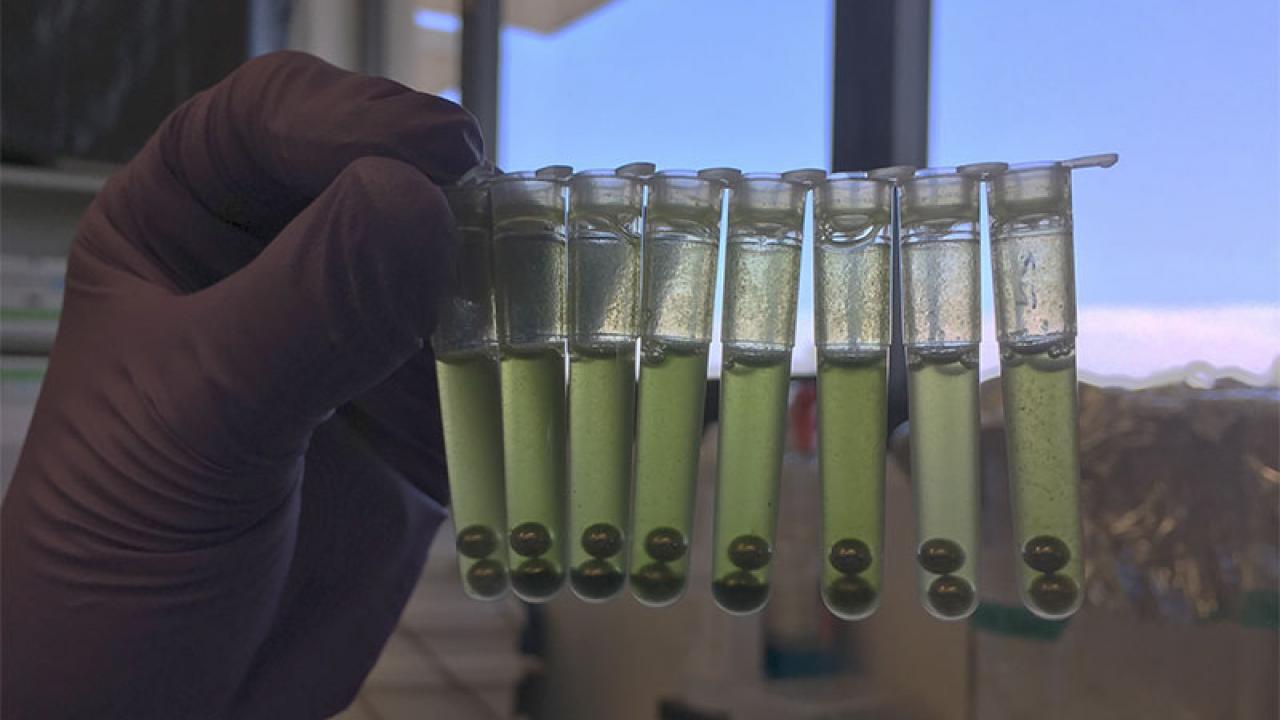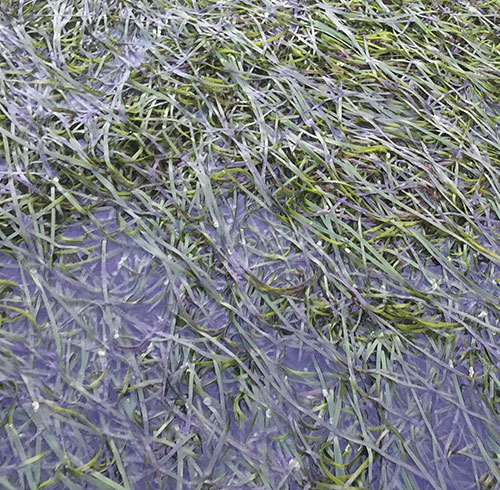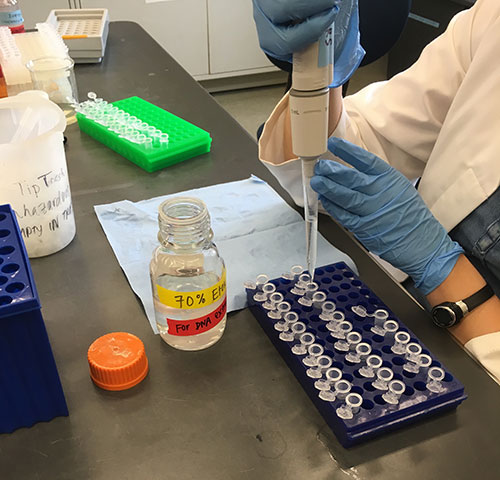
“CSI” for the Marine Ecologist

The popular television show CSI: Crime Scene investigation follows the day-to-day drama of a team of investigators whose job it is to determine whodunit. While watching the show, it is common to see forensic scientists in lab coats using a variety of oddly-shaped tools and instruments to extract DNA (i.e., deoxyribonucleic acid - the building blocks of life) from hair or saliva samples collected at the scene of the crime. After extracting and visualizing the DNA, the scientists can then compare their results to samples collected from suspected persons and oftentimes, solve the mystery.
Fictional television aside, the advent of DNA technologies has changed numerous aspects of modern life. For example, scientists study genetics for the purposes of solving crimes, advancing human medicine, conserving endangered species, and managing food production (i.e., agriculture and fisheries). As a marine ecologist, I use these same DNA technologies to identify clones of seagrass, a flowering plant that lives in shallow coastal bays and harbors.
Seagrass populations reproduce through seeds and by producing genetic clones of the plants already present in a seagrass meadow. Nearly two decades of research has shown that the genetic identity of a seagrass plant matters. Some clones grow faster than others, while other clones are more resilient to stresses in the environment (e.g., high temperatures or a hungry goose eating the plant’s leaves). Furthermore, seagrass meadows that have a higher number of clones in the population are overall healthier than seagrass meadows made up of only one or two clones. Healthy seagrass meadows translate to benefits for human communities such as healthy populations of commercially important fishes, reduced water pollution, and increased protection from coastal storms.

However, a scientist cannot know the clonal identity of a seagrass plant by just looking at it. Here is where DNA technologies become incredibly useful tools for the marine ecologist.
The first step is to extract the DNA from a ~ 1cm2 clipping of the seagrass leaf. Extraction involves grinding the leaf piece up into a powder, adding a detergent-based solution to get the DNA out of the cells, and using various types of alcohols (i.e., isopropanol and ethanol) to get rid of any non-DNA material that hitched a ride out of the cell alongside the DNA. After extraction, we use a technique called the polymerase chain reaction (or PCR for short) to make many, many, many copies of the DNA. Having many copies of the DNA makes it easier for an instrument to determine the unique DNA code for that individual sample, similar to how it is easier to tell the type of tea your drinking by taking a long sip versus a tiny taste. We repeat this process for any sample we are interested in, knowing that clones will have the same genetic code. By using these techniques, we know that a 1m2 patch of seagrass can have anywhere from 1 to 15 clones!
CSI ("clonal seagrass identification") for the marine ecologist may not solve crime, but like our scientific counterparts in the forensics department, we can use DNA technologies to solve mysteries of identity.
